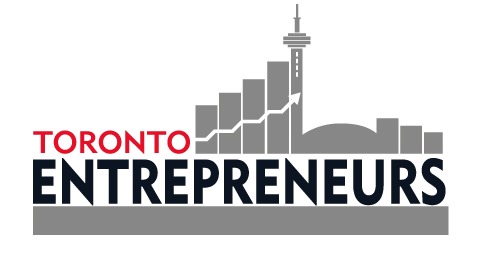Employee or Contractor
Employment Status
Determining whether a worker is an employee or contractor is an important and difficult decision to make. The determination is generally a question of fact when it comes to employee or contractor. If a worker is considered an employee, the employer’s responsibilities include withholding and remitting EI premiums, CPP, and income tax withholdings. The CRA’s primary concern is whether the person is engaged to perform services as a person in business or as an employee. When assessing the relationship between a worker and a payer, the CRA uses the following approach:
Step 1 – Determining Intent
What was the intention of both parties (worker & payer) when they entered into the working arrangement. If there was a contract outlining the services the worker was required to perform, then the CRA will likely view the relationship as an employer-employee relationship. Now if the intention was to enter into a service contract, then the CRA will likely view the relationship arrangement as a business relationship.
Step 2 – Verify if Intent Reflects Facts
Once the CRA has concluded on the intent of the relationship (employee or contractor), they will then examine the facts to ensure they reflect the intent of the relationship. The CRA will determine this by assessing the following:
- The level of control the payer has over the workers activities;
- The financial risk the worker is taking and the worker’s opportunity for profit;
- Whether the worker is supplying the tools and equipment;
- Whether the worker can subcontract the work or hire assistants;
- How many other clients the worker is taking
One must look at all the facts when assessing whether a worker is an employee or contractor. You are more likely to be considered an employee if you:
- Work a set number of hours each day
- Have to account for your time to the company
- Are told what to do each step of the way
- Are a member of the company’s group life, drug, dental, and pension plans
- Use the company’s computer equipment and supplies and have an office at the company
On the other hand, you are likely to be considered an independent contractor carrying on your own business as a proprietor if you:
- Agree to get the work done without making commitments for the number of hours worked in a particular day
- Work on your own with no supervision, reporting back to the practice periodically on progress
- Issue invoices and receive cheques, and do not receive any employee benefits
- Use your own equipment
- Provide services to more than one company
If you are successful in becoming a contractor, it is generally more advantageous as there are many more tax planning opportunities available to you. You are able to claim any reasonable business expenses against income earned (i.e. meals and entertainment, capital cost allowances, and transportation expense) and you avoid paying EI premiums on your earnings.
Employers also prefer hiring independent contractors as it can be less expensive. Employers are not required to provide benefits or pensions for contractors. Employers also forgo their requirements to withhold income tax or pay the employer portion of CPP and EI.
As discussed, the hiring of contractors is enticing for both employees and employers. But both parties must be weary. If a business hires a contractor that is later deemed to be an employee by the CRA, then all unpaid taxes, EI premiums, and CPP will have to be paid to the CRA. In addition, interest and penalties would also be applied.
Incorporating as a Contractor
As a contractor there are numerous benefits to incorporating. As a corporation, you are able to claim any business expenses against income earned, you pay favourable tax rates in the corporation (15.5%), you can income-split, you have access to the lifetime capital gains exemption, along with increased liability protection, and the ability to repay loans at a faster rate.
However, the negative tax consequences of a Personal Services Business (PSB) must be considered when looking into incorporating. The CRA deems a corporation to be a PSB when an individual performs employee like services on behalf of a corporation, essentially treating itself as an “incorporated employee.” The consequences of a PSB are that the income would be taxed at the top investment income tax rate of 46.17% in the corporation.
It would then be taxed at the personal tax level when the income is extracted from the corporation resulting in double taxation. Furthermore, expenses in the corporation would be limited to remuneration and legal fees. As a result of the negative consequences annotated with PSB’s, you should discuss incorporating with SDVC LLP. It is also important to seek legal advice from a lawyer when drafting a service contract.
Purpose of this publication is to provide a general overview of the tax issues surrounding the relationship between a employee or contractor. For a detailed analysis on your specific situation please contact SDVC LLP at info@sdvcllp.com or at 905-696-SDVC. We can help you determine if a person is a employee or contractor.
The Canada Revenue Agency has published a guide to provide more information to taxpayers. Click here to visit the CRA website.


